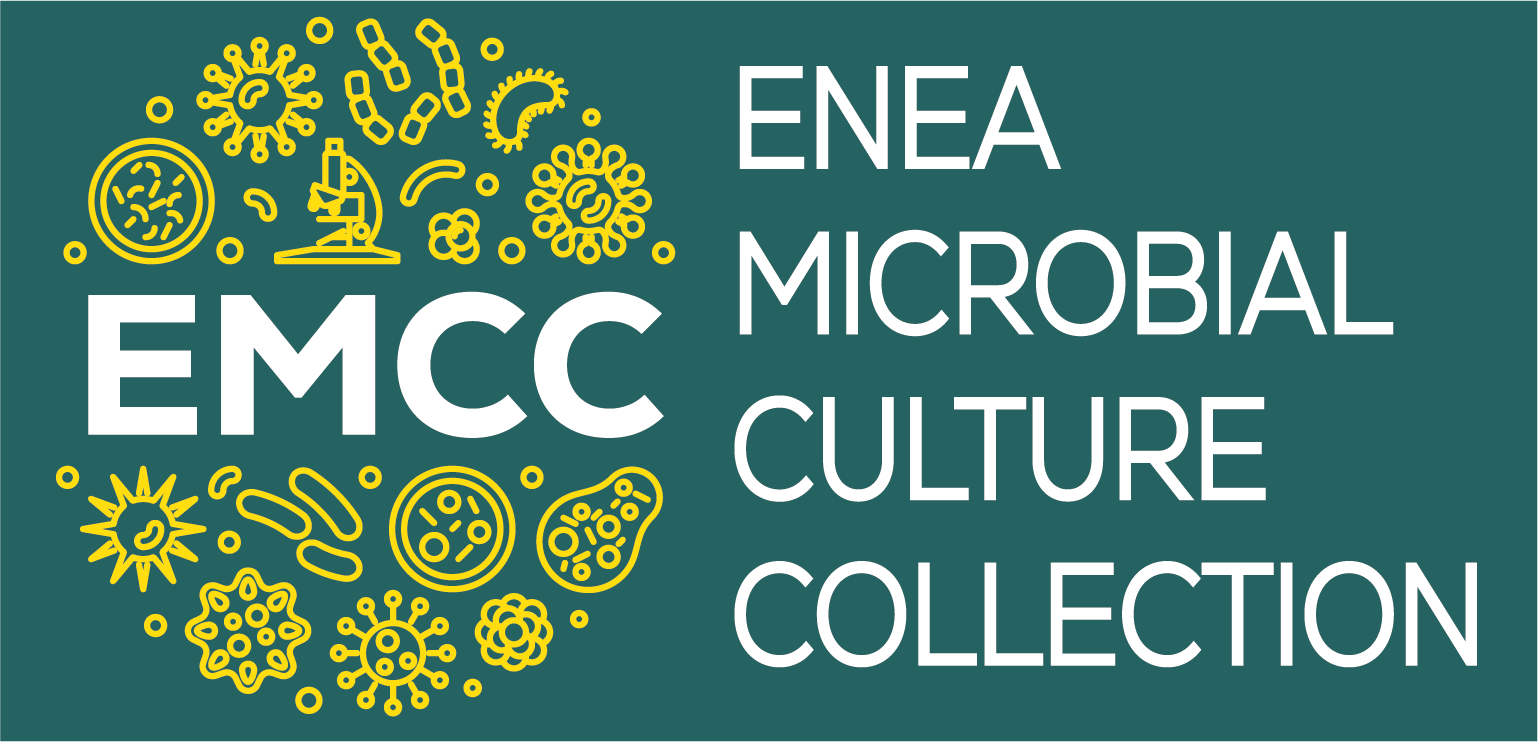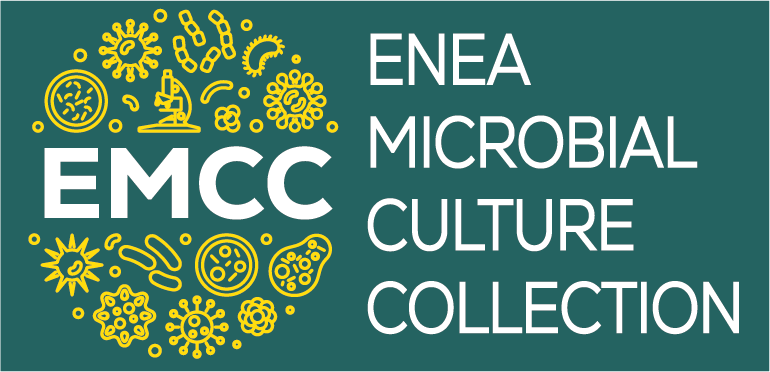ENEA Microbial Culture Collection

Plant viruses in biomedicine: from enemies for agriculture to allies for health and new materials
In recent years, the use of nanoparticles, i.e. particles of nanometric size, with at least one of the dimensions between 1 and 100 nm (1 nm is equivalent to one billionth of a metre), has been the subject of increasing studies in various areas of research, including biomedicine (e.g. in diagnostics or to deliver vaccines and drugs).
Also viruses are nanoparticles and may offer solutions to still open challenges for health and for the realisation of new materials. Viruses are particularly interesting for this type of application because they have the ability to autonomously form organised structures through the self-assembly of repeated, structurally uniform, robust, biodegradable, and biocompatible constituents. In particular, if we focus our attention on plant viruses, they have the additional advantage of being easily and exclusively produced in their natural host, the plant (a sustainable and easily scalable production system), and they are intrinsically safe for animals in general and humans in particular, since they are unable to infect them. Indeed, we usually associate viruses with diseases, but each virus is specialised in infecting a specific organism and, in most cases, is harmless to all others.
Viral particles can also be considered and used not only as nanomaterials endowed with remarkable versatility since they can be 'decorated' on the outer surface by genetic or chemical interventions, acquiring new functionalities, but also as nanocontainers, when their inner cavity is exploited.
At the ENEA Biotechnology Laboratory, we have been studying for years the possible applications in biomedicine, and more generally in nanotechnology, of Potato Virus X (PVX). The Laboratory is in fact a pioneer in Italy in the field of Plant Molecular Farming, i.e. the use of plants for the production of biomolecules.
Viruses for new vaccine formulations
PVX can be modified on the outer surface by genetic techniques to obtain chimeric virus particles, which display polypeptides of interest on their surface, such as antigens for vaccine formulations. During our studies, we isolated a particular mutant of PVX, PVXSma, characterised by a deletion of the surface exposed portion of the viral coat protein. By means of targeted biotechnological interventions, we have produced particles of this mutant in order to develop innovative vaccine formulations that work excellently in activating different districts of the immune response. These particles have found application in the European AVIAMED project focusing on the use of plants as biofactories for vaccines against avian diseases, and are currently studied also in the EU project REPRODIVAC (Next-generation vaccines and diagnostics to prevent livestock reproductive diseases of worldwide impact; www.reprodivac.eu), which aims to develop innovative vaccines and diagnostic tools for endemic and zoonotic pathogens that interfere with reproduction of sheep and pigs.
Virus for targeted drug delivery
We have shown that PVX is neither toxic nor teratogenic to animal cells, and we have studied its biodistribution in an animal model for its possible use as a vehicle for targeted drug delivery. As part of the NANOCROSS project, funded by the Italian Foundation for Cancer Research (AIRC), PVX was characterised, through a multidisciplinary approach, for the development of a diagnosis and/or therapy system for a particular childhood brain tumour, medulloblastoma. For this purpose, chimeric viral particles that expose specific amino-acid sequences on their surface for the recognition of the target tumour cell were obtained by means of genetic engineering methods. The chimeric virus particles will be able to selectively deliver, in an animal model, a chemotherapy drug, allowing a reduction in the administered dose and also a reduction in the side effects of the drug, often associated with its systemic distribution in the organism.
Virus for the production of diagnostics
In collaboration with the start-up DIAMANTE, PVX was used to develop a diagnostic kit for primary Sjogren's Syndrome (pSjS), a rheumatic disease of autoimmune origin. The virus has been modified to expose on its surface a sequence that is specifically recognised by the autoantibodies present in the serum of patients. The ENEA-DIAMANTE kit enables diagnosis to be made using blood samples, its use is quick and easy, it has high sensitivity, specificity, reproducibility and stability over time, and it has low production costs.
Viruses as catalytic support for metabolones
PVX can also be used for applications in the field of nanomaterials, e.g. as a support structure for catalytic units/metabolones capable of maintaining the activity of various enzyme units both in vitro and in vivo (in planta).


